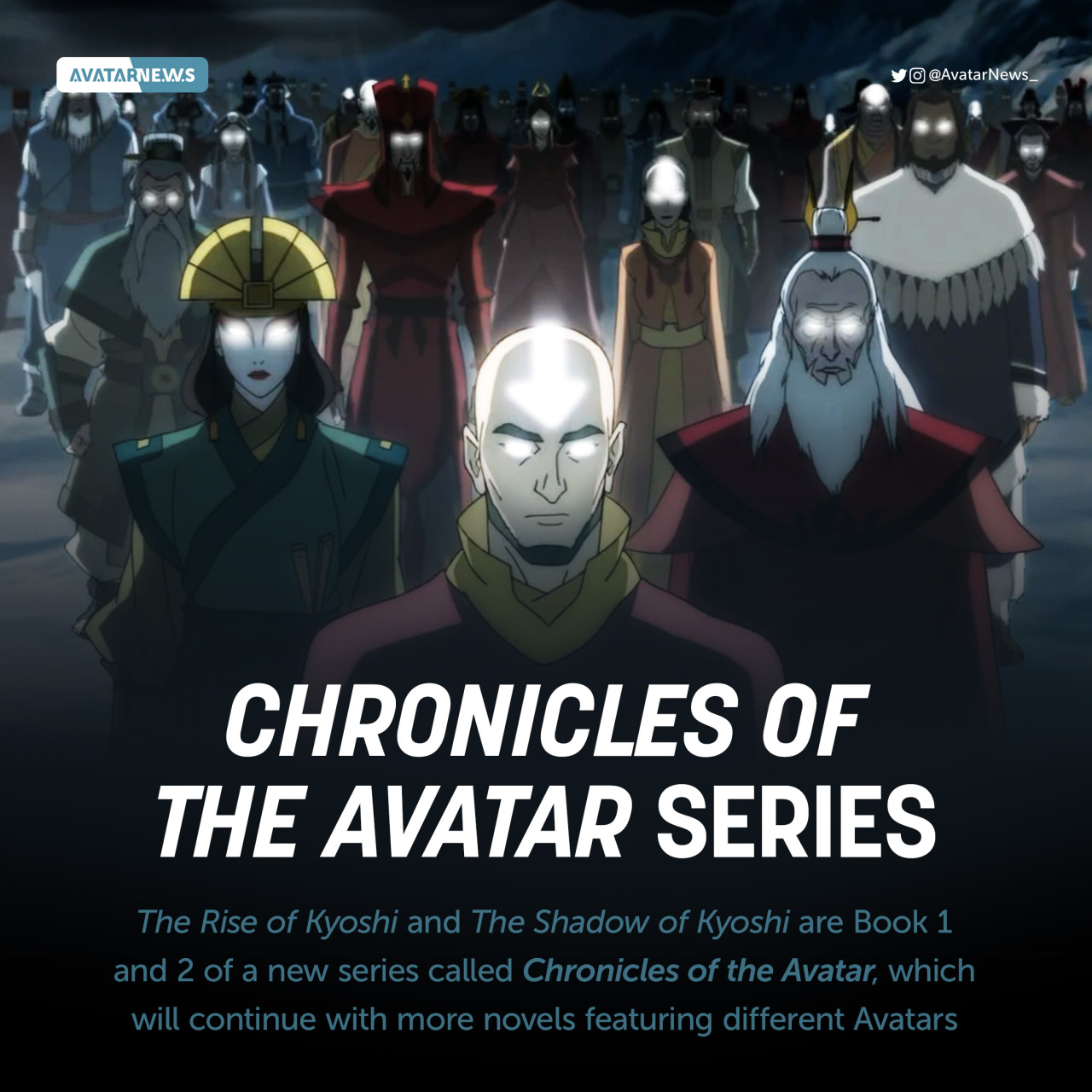
But Korra and her friends don’t reset at the end of each arc.

But they grew confident as we progressed and we were eventually lucky enough to get them to pick it up through Book Four before we even premiered Book One.Īs for Mike and me, after spending six years telling one long story for Aang, we welcomed the new format.

I think it was important to the network because initially they didn’t know how many of these mini-seasons they would want to pick up! They wanted to test the waters.

Their one request was that each of the Books have its own contained arc, which was fine with Mike and me. They let us do pretty much whatever we wanted with it, as long as it was in the Avatar universe and featured bending. Nickelodeon came to us at the end of 2009 with a twelve episode “mini-season” already green-lit for a new series. Could you take advantage of that in Book Two? Knowing there would be more, are you aiming to craft a giant arc similar to The Last Airbender? Konietzko: It is a similar format to other TV shows, like 24: new season, new challenge, and new bad guy. This Friday sees the debut of the second wave of Korra episodes, dubbed “Book Two: Spirits.” We talked to the collaborators on evolving their fantasy series, Miyazaki’s influences on this season’s themes and art, and the connective tissue that holds their sprawling universe together.įrom discussions around the first season, it sounded like Korra grew from a miniseries into a regular series. Hayao Miyazaki may be retiring, but DiMartino and Konietzko aren’t letting compelling, 2-D animation slip away just yet. With action, romance, and a few tearjerking moments, Book One amounted to some of the most dramatic television of the year. The series twisted the mythology, following a female Avatar, an individual with the power to bend all elements, struggling with the drama of being 17 while defending a fantastical variation of New York circa 1920. In 2012, the duo debuted Book One (that’s what we call “seasons” in the Avatar world) of Legend of Korra. But storytelling freedom lured them back to the world of Avatar. After their successful series Avatar: The Last Airbender, which ran from 2005 to 2008 and earned Nickelodeon Emmys, Annies, a Peabody, and consistently high ratings, creators Michael Dante DiMartino and Bryan Konietzko had options.


 0 kommentar(er)
0 kommentar(er)
